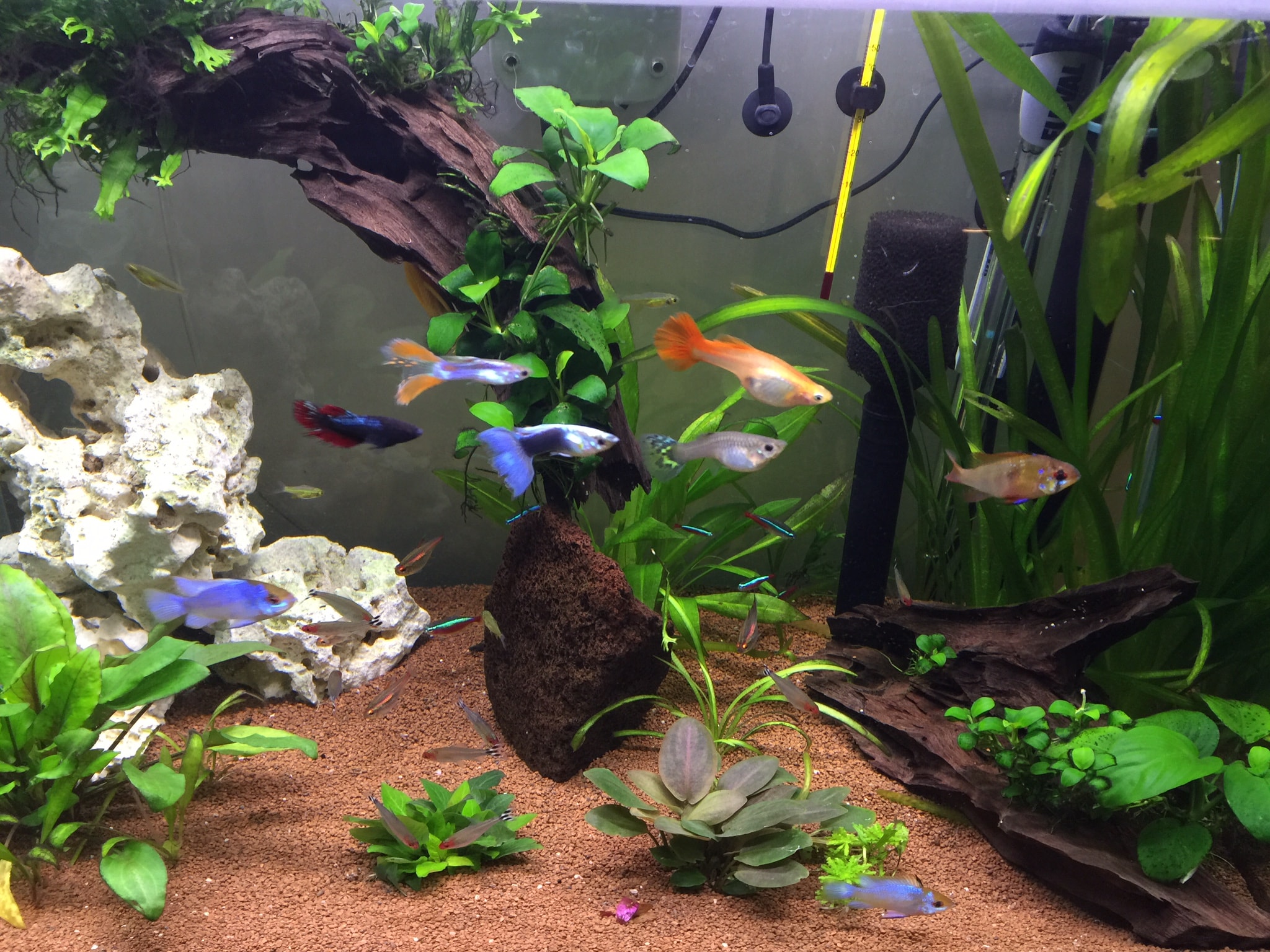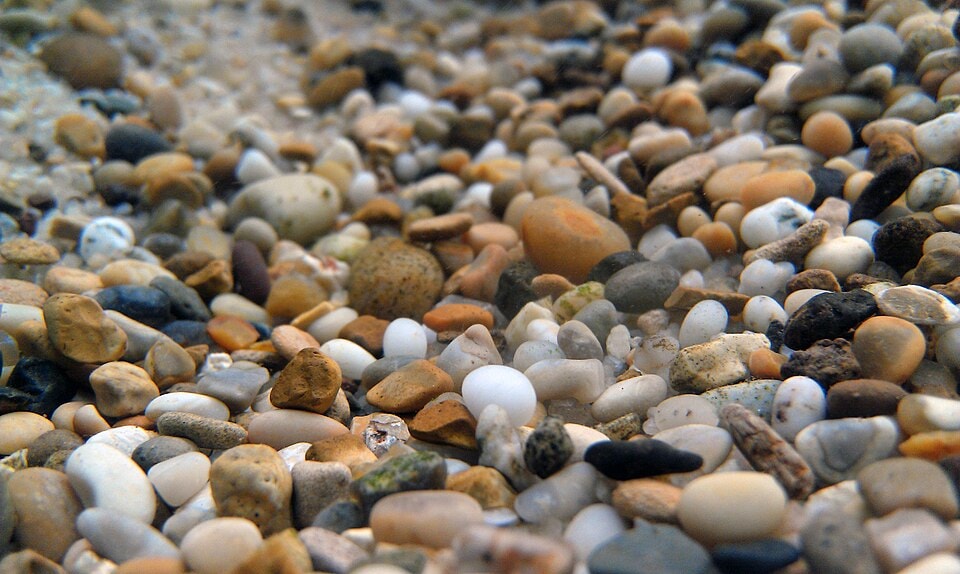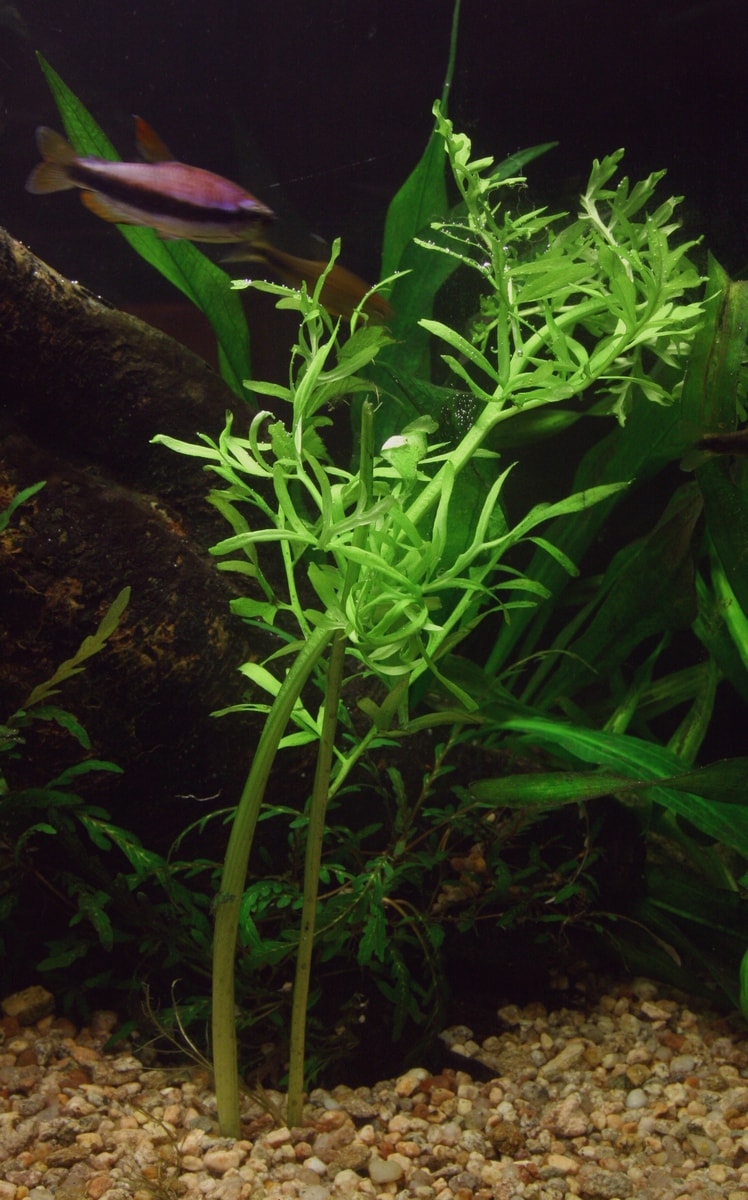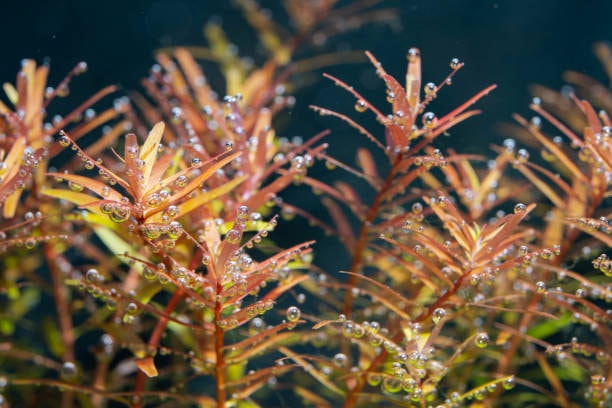Tips to choose and use aquarium substrate for planted tank
Understanding the Importance of Aquarium Plant Substrate
A strong foundation is critical for a healthy planted tank, and the aquarium plant substrate provides just that. It anchors roots securely, allowing plants to access essential water and nutrients efficiently. This foundation supports overall tank stability and encourages robust plant development.
Beyond physical support, substrate influences water composition and nutrient availability. Choosing the right type ensures plants can grow effectively while contributing to a balanced ecosystem for all tank inhabitants.

Choosing Substrate for Aquarium Plants
Selecting what substrate for aquarium plants to use depends on the species you want to cultivate and the tank environment. Some plants benefit from nutrient-rich substrates, while others thrive in inert materials that provide structure without altering water chemistry.
Additionally, consider the tank’s inhabitants and their interaction with the substrate. Certain fish or shrimp may dig or move the substrate, so picking a compatible material ensures both plant health and long-term stability.
Identifying the Best Substrate for Aquarium Plants
The best substrate for aquarium plants balances nutrient content, water flow, and root support. Specialized substrates often include trace elements that reduce the need for frequent fertilization and help prevent algae proliferation.
Particle size also matters: finer grains allow delicate roots to anchor easily, while coarser grains provide structural stability for larger plants. Using the best substrate for aquarium plants ensures a thriving, low-maintenance planted tank.
Constructing a Substrate Layer for Planted Aquarium
A proper substrate layer for planted aquarium setups maximizes nutrient access while maintaining an attractive appearance. Layering techniques often involve placing a nutrient-rich base beneath a capped inert layer, creating an optimal environment for root expansion.
This approach also improves water circulation within the substrate, reduces compaction, and supports the growth of different plant types. Thoughtful arrangement of the substrate layer for planted aquarium can enhance both plant health and tank aesthetics.
Maintaining Substrate in Aquarium
Keeping substrate in aquarium in good condition is vital for long-term plant success. Occasional stirring prevents compaction, while regular checks ensure nutrients remain accessible to roots. Proper maintenance also reduces the buildup of debris and organic matter that can affect plant health.
Observation of the substrate in aquarium helps identify areas where topping up or nutrient supplementation may be needed. Maintaining this foundation promotes a stable environment, allowing plants and tank inhabitants to flourish harmoniously.
Choosing the Right Planted Tank Substrate
Selecting the appropriate planted tank substrate is crucial for successful plant growth in any aquarium. Nutrient-rich substrates provide the necessary essential nutrients for root system to establish and absorb nutrientsefficiently. While inert substrate like plain sand or gravel offers structural support, it requires additional supplementation such as root tabs for heavy root feeders.
Different substrates affect water chemistry and the water column, impacting how quickly plants grow. Using a combination of active substrates and inert substrate layers helps maintain balanced water parameters while allowing growing plants to flourish. Proper choice of substrate also mitigates algae outbreak, especially in tanks with high fish waste production.

Layering Techniques for a Healthy Planted Tank
Creating a layered planted tank substrate system can dramatically improve plant growth and overall tank health. A base layer of nutrient-rich substrates covered with inert substrate such as fine sand or plain sand provides a stable environment for stem plants and heavy root feeders. Supplementing the base with root tabs ensures root structurecan absorb nutrients effectively, even in a nutrient-poor water column.
Layering also helps control water chemistry and reduces the buildup of organic matter that can lead to algae blooms. In a planted tank, maintaining appropriate water parameters through regular water changes ensures the substrate continues to support aquarium plants and growing plants, while balancing the effects of fish waste in the system. ADA Aqua Soil or other active substrates can be integrated for enhanced nutrient availability and improved nutrient contentin the base layer.
Selecting Aquarium Substrate for Different Plant Types
Choosing the right aquarium substrate can make a significant difference in plant growth. For heavy root feeders, a nutrient-rich base layer is essential, while stem plants benefit from a combination of active substrates and inert substrate to anchor roots properly. Supplementing with root tabs in areas with plain sand or gravel ensures that all growing plants have access to essential nutrients.
The substrate also affects the water column by releasing nutrients gradually, improving uptake by root system and supporting plants grow uniformly. In planted tank setups, careful selection between nutrient-rich substrates, ADA Aqua Soil, and fine sand allows hobbyists to balance nutrient content while controlling algae blooms. Regular observation and occasional water changes help maintain proper water conditions and water chemistry.

Managing Planted Tank Substrate Depth and Structure
Proper depth and layering of planted tank substrate support plant growth and create a stable environment for both aquarium plants and tank inhabitants. A deeper base layer of nutrient-rich substrates topped with inert substratelike inert sand or fine sand allows plants roots to absorb nutrients efficiently. Root tabs can be added strategically for heavy root feeders to ensure consistent nutrient delivery.
Substrate structure also impacts water column clarity, water chemistry, and water hardness, as well as algae blooms prevention. In a planted aquarium, combining active substrates, ADA Aqua Soil, and gravel creates a balanced planted tank environment. Routine water changes and monitoring of water parameters maintain healthy growing plants and reduce the accumulation of organic matter.
Fertilizing and Supporting Growing Plants
Fertilization is essential for growing plants in any planted tank. While nutrient-rich substrates provide baseline nutrition, root tabs can supplement areas with inert substrate where heavy root feeders are planted. This ensures plants roots can absorb nutrients effectively and maintain healthy plant growth throughout the tank.
The water column also benefits from regular nutrient additions, supporting stem plants and surface-feeding vegetation. Using a combination of active substrates, Aqua Soil, and aquarium substrate with consistent monitoring of water parameters and occasional water changes promotes vibrant growth and reduces algae blooms.
Maintaining Planted Tank Substrate
Keeping planted tank substrate healthy requires attention to both structure and nutrients. Regularly inspecting the base layer and stirring lightly prevents compaction and ensures plants roots continue to absorb nutrients from both nutrient-rich substrates and inert substrate layers. Supplementing with root tabs in high-demand areas supports heavy root feeders.
Proper substrate maintenance also stabilizes water chemistry and reduces the accumulation of organic matter. Monitoring water column nutrients, water hardness, and performing periodic water changes keeps the planted aquarium in optimal condition, allowing plants grow uniformly and minimizing stress from fish waste.
Choosing Substrate for Specific Plant Types
Different plants require different substrates to thrive. Stem plants and heavy root feeders benefit from active substrates or ADA Aqua Soil, while aquarium plants with delicate roots may do better in fine sand or plain sand capped over a nutrient base layer. Strategically placing root tabs supports growing plants and ensures plants rootsare nourished throughout the planted tank.
Incorporating inert substrate in combination with nutrient-rich substrates allows for flexibility in tank design and helps maintain stable water parameters. Regular water changes and monitoring of the water column prevent algae bloomswhile promoting consistent plant growth, resulting in a healthy, balanced planted aquarium.

Conclusion
Proper substrate selection and maintenance are essential for a thriving aquarium where plants and fish coexist in harmony. Choosing the right combination of nutrient-rich substrates, inert substrate, and active substrates ensures that plants can anchor securely and absorb nutrients efficiently, supporting consistent plant growth.
A well-prepared aquarium provides a stable environment for different species of fish, allowing them to interact safely with plants while contributing to the ecosystem. Regular monitoring of water parameters and careful attention to substrate layers helps all species thrive, maintaining both plant health and fish vitality.
Integrating fish that complement the plants in your tank enhances the balance of nutrients and reduces the risk of excessive algae. By understanding the needs of each species and supporting their habitat with the proper substrate, your aquarium can remain a visually stunning and biologically stable environment.
Finally, consistent care and occasional water changes ensure that both plants and fish continue to flourish, creating a thriving aquatic ecosystem where multiple species coexist peacefully in a healthy aquarium.



